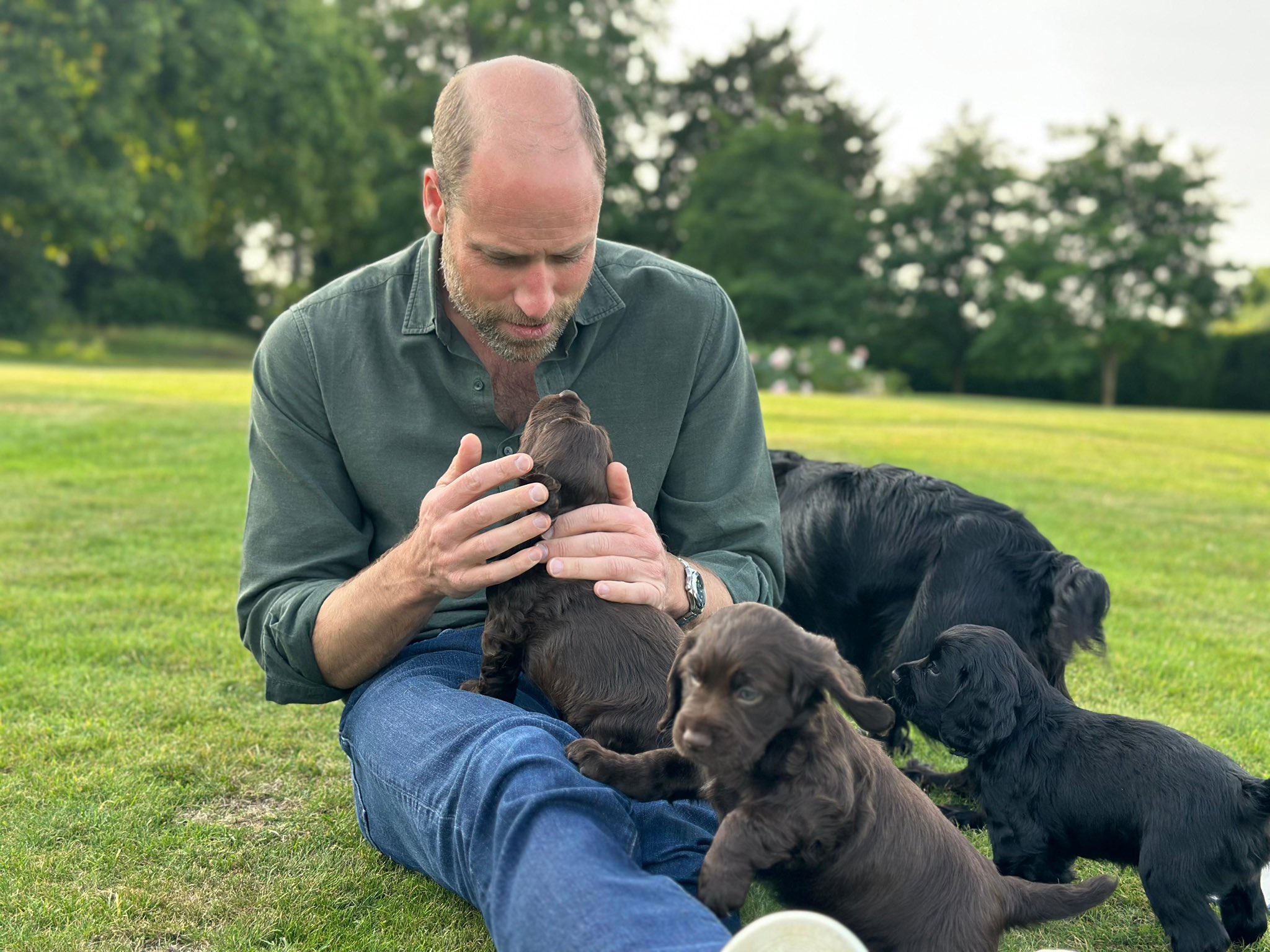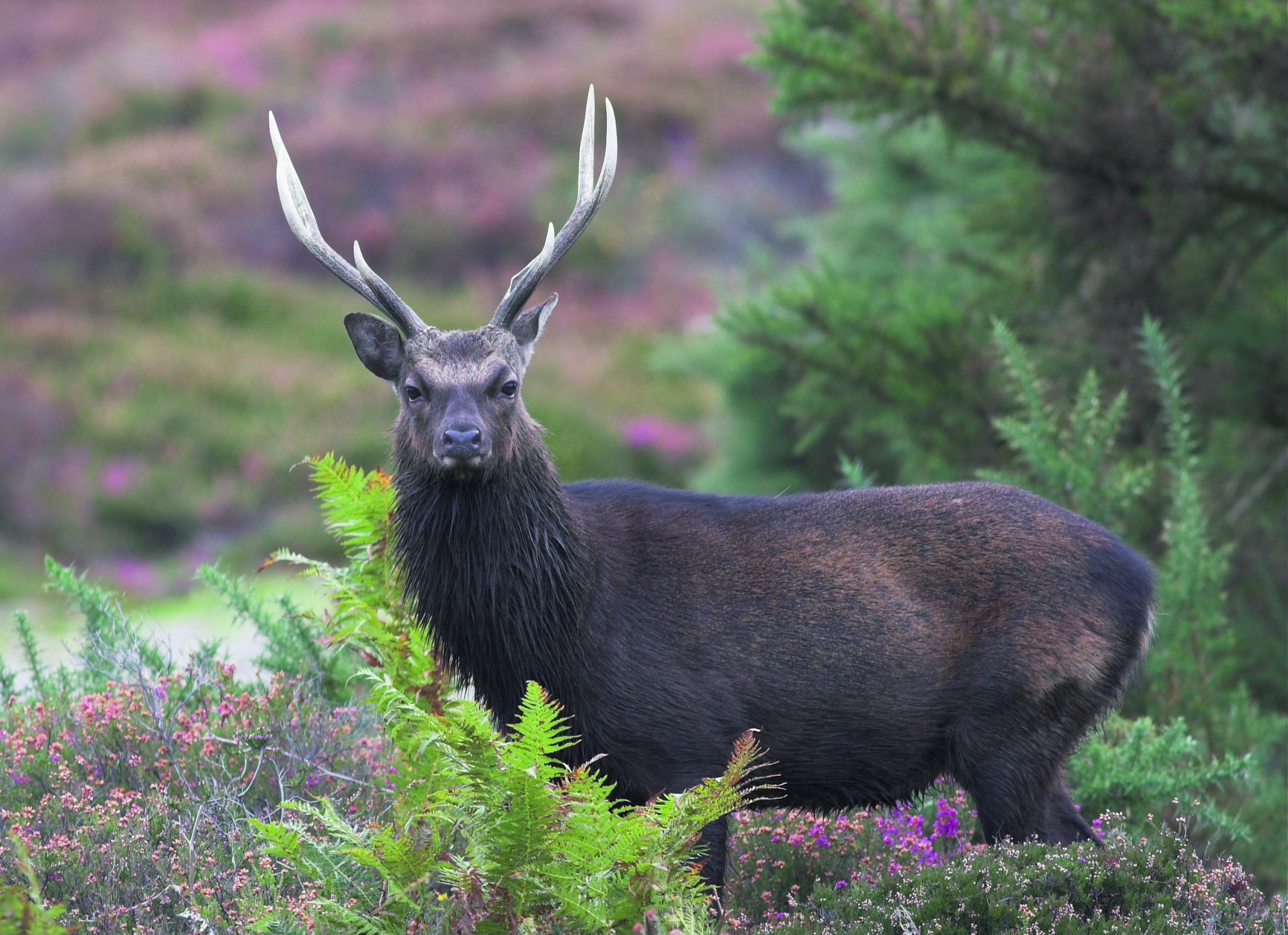News
When a badger disappeared before my very eyes
Would you like to speak to our readers? We offer sponsored articles and advertising to put you in front of our audience. Find out more.
I once had a badger disappear before my very eyes. I had walked into a barn one evening and surprised the animal as it was helping itself to one of the livestock feed bins. It didn’t seem unduly bothered by my presence. It calmly bustled off towards the opposite end of the building, and then it simply vanished.
When I reached the spot, I found there was a badger-sized hole in the hardcore barn floor, alongside a strip of concrete. It later emerged that this hole connects to the wooded area behind the barn. It seems the badgers had got so used to raiding the feed bins in the barn that they had constructed a covered walkway to and from their restaurant. That hole is still there today. At times, it shows evidence of being in use, but months can go by without any sign of activity. I proudly show it off to visitors. After all, not everybody can say they have an indoor badger sett.
Inside another shed, the National Parks people put a barn owl nesting box on a rafter some years ago, as part of a project. No owls ever seemed to use it — unlike another box, on a pole in one of my fields, which has been a good owl-producer right from the off. More recently, however, we began noticing barn owls lurking around the barn in question. The owl project folk duly came along to check the inside of the box with a camera on the end of a probe. To everybody’s delight, the camera showed five well-grown owlets. The local BTO ringer will be coming along to do his stuff soon, before the chicks fledge.
Now, the thing about this particular barn is that it is intensively used. In April and early May, it was hosting hundreds of ewes and lambs, with people working at lambing at all hours. I had already noticed the adult owls floating around and guessed they might possibly be interested in the box. We altered the angle of some of the indoor lights so they didn’t shine on to it. I once found the farmhand blasting chopped straw from a tractor implement into the barn through a door just a few metres from the box. The mechanical noise was horrendous. I promptly ruled that particular door out of bounds, because of the owls. But the salutary fact is that these birds chose an artificial nest site in a working farm building at the most hectic time of the year, yet managed to raise five young among all the noise and commotion.
Sight, sound and smell
So, here we have two supposedly shy nocturnal species — badgers and barn owls — both thriving in very close proximity to people. Neither seems particularly bothered about the sight, sound and smell of humans.
Come to think of it, my farmsteading also hosts nesting bats, starlings, sparrows, jackdaws and swallows, while the CCTV regularly catches roe deer treading daintily through our garden. A host of songbirds nests in the garden and surrounding hedge. I regularly see stoats in the farmyard — no doubt attracted by the inevitable rodents. In fact, you could film an entire episode of Springwatch in my steading. I wonder how much wildlife is hosted by farm buildings across the country?
Related articles
News
PETA attacks royal couple for breeding cocker pups
The Prince and Princess of Wales have faced criticism from animal rights group PETA after they had a litter of puppies
By Time Well Spent
News
Farmers launch legal review against Reeves’s farm tax
Chancellor Rachel Reeves faces a judicial review over inheritance tax reforms that could force family farms out of business
By Time Well Spent
Manage Consent
To provide the best experiences, we use technologies like cookies to store and/or access device information. Consenting to these technologies will allow us to process data such as browsing behavior or unique IDs on this site. Not consenting or withdrawing consent, may adversely affect certain features and functions.
Functional Always active
The technical storage or access is strictly necessary for the legitimate purpose of enabling the use of a specific service explicitly requested by the subscriber or user, or for the sole purpose of carrying out the transmission of a communication over an electronic communications network.
Preferences
The technical storage or access is necessary for the legitimate purpose of storing preferences that are not requested by the subscriber or user.
Statistics
The technical storage or access that is used exclusively for statistical purposes.
The technical storage or access that is used exclusively for anonymous statistical purposes. Without a subpoena, voluntary compliance on the part of your Internet Service Provider, or additional records from a third party, information stored or retrieved for this purpose alone cannot usually be used to identify you.
Marketing
The technical storage or access is required to create user profiles to send advertising, or to track the user on a website or across several websites for similar marketing purposes.





